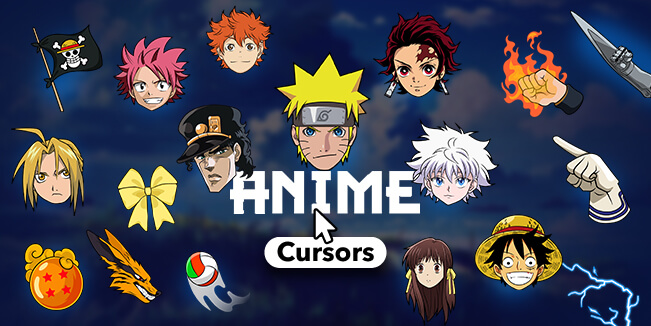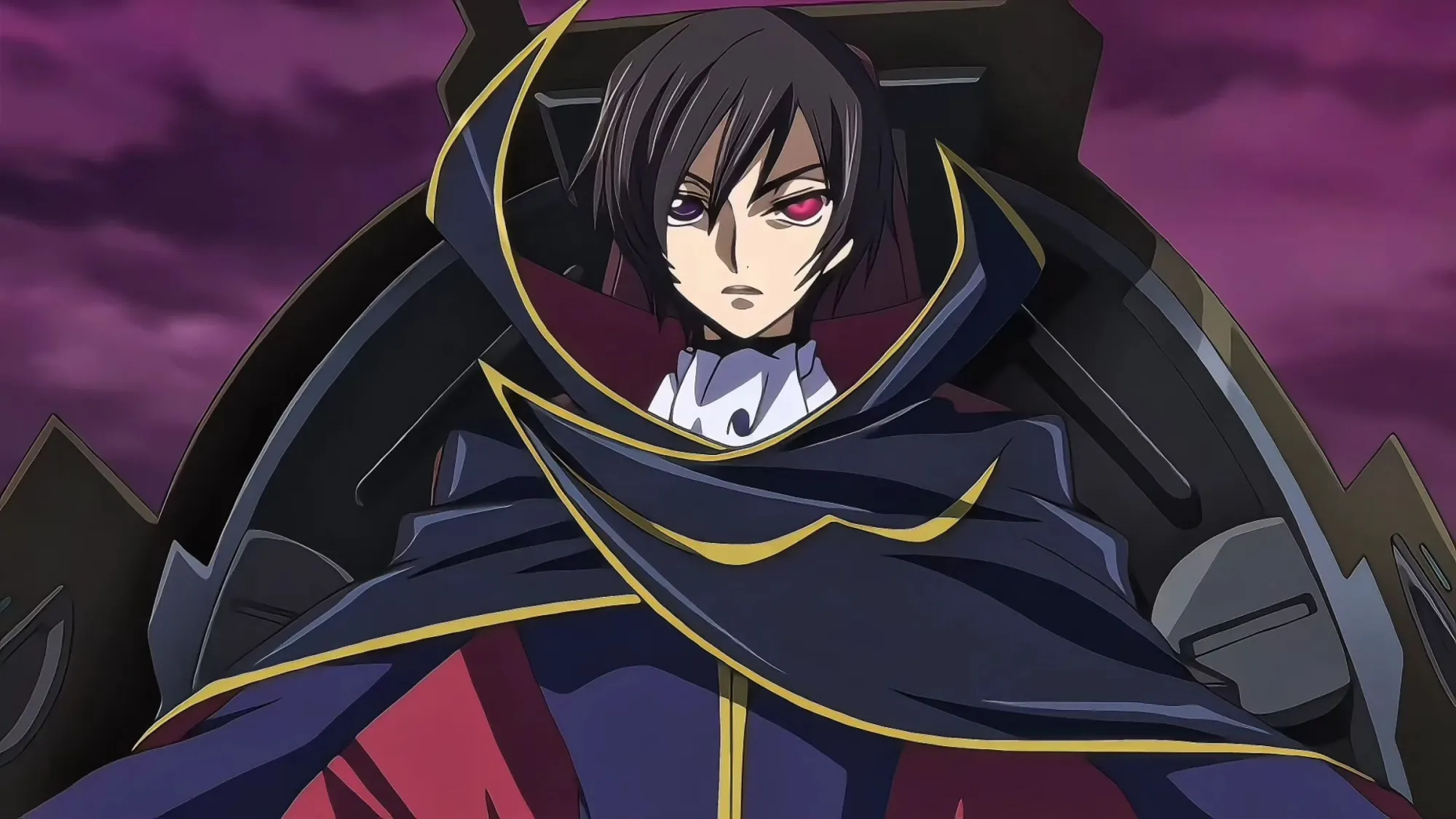
It’s impossible to separate a series hero from the villain; whatever cause is being fought against needs to be as important and memorable as the hero’s moral stance to resist. In order to make that sort of evil or corruption enticing, villains are often portrayed as charming, manipulative, and even likable to a degree. This is why it’s so common to find villains outdoing the hero in fans’ view: having an antagonist who stands out and makes the audience pay attention is crucial in any series. Villains deserve to be as iconic as the protagonist, to pose a tangible threat and challenge the morals of our hero, and, in turn, those of the audience.
It should go without saying: well-written villains tend to have a polarizing effect on any fandom, with anime being no exception. There are plenty of morally grey protagonists, but we’ve seen more and more main characters that are actively the source of villainous actions and deeds. And with the ever-growing trend of giving villains sympathetic backstories that cause them to lash out, overturn a system, or seek revenge, it stands to reason that more fans will agree with a villain’s motives for doing what they do. In this list, we’ll be exploring several anime villains that undoubtedly made the audience empathize, and perhaps even agree, with their cause.
7) Psycho-Pass
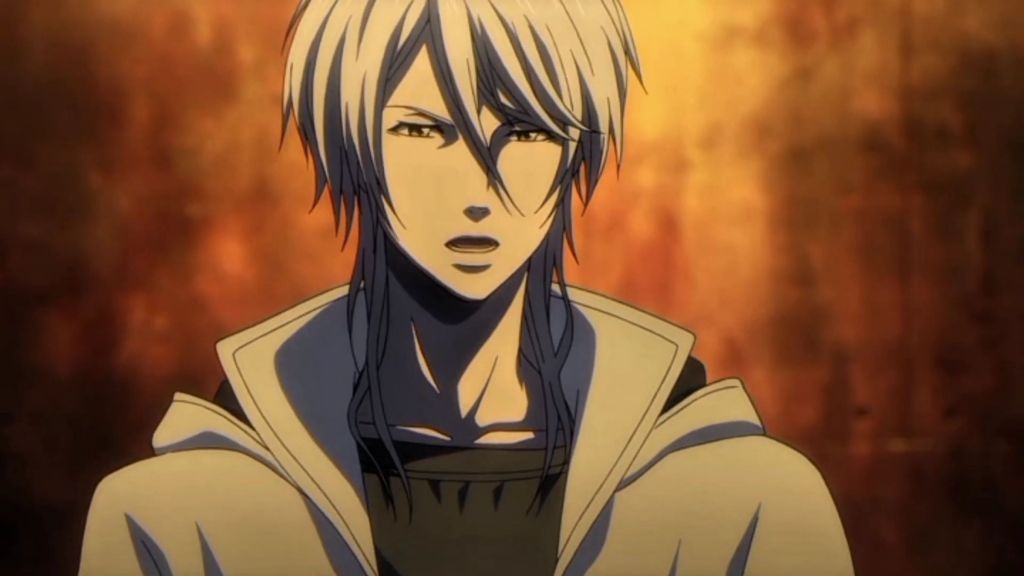
Pyscho-Pass is a science fiction anime that was released in 2012, combining the thriller genre with that of cyberpunk for a fast-paced, compelling watch. Set in a dystopian future, Psycho-Pass introduces the concept of a society controlled and monitored by the government to predict its potential for committing a crime at some point in the future. Those whose mental status is deemed too at risk for crime are dubbed “latent criminals” and apprehended or used to sniff out other potential trouble-makers. Shogo Makishima is introduced as the criminal mastermind looking to thwart and overturn the system.
While Shogo doesn’t shy away from using violent methods to get what he wants, there’s no denying that his logic of overturning the government is emotionally logical. The aspect of free will and the condemnation of judgment based on potential wrongdoing is unfair; therefore, when Shogo opposes the Public Safety Bureau, you can’t help but agree with him because the government’s actions are tyrannical and unfair. His goal is to free humanity from the oppressive system. Despite this, Shogo is undeniably willing to go to any lengths to manipulate those around him to create chaos and mayhem, which he operates, sliding under the radar of the Sybil System. His actions aren’t heroic, but his reasoning is just enough that it’s hard not to want him to partially succeed.
6) Black Butler
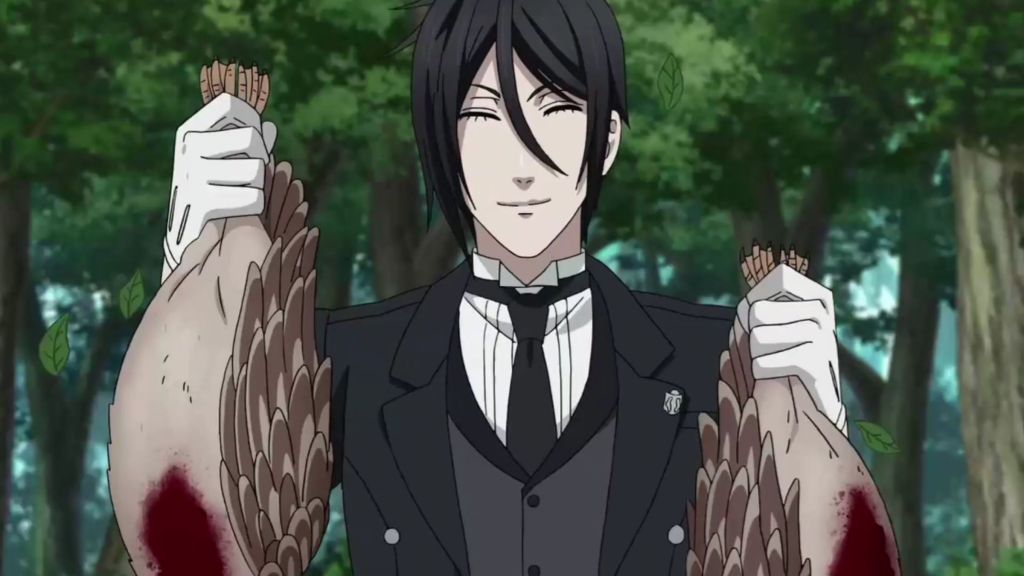
Black Butler is a gothic-inspired supernatural anime that was released in 2008 and was notable for its dark themes and morally grey protagonist. Ciel Phantomhive is a young boy whose family was killed in a targeted attack that resulted in Ciel being held captive by cultists and tortured. He only escapes by forging a pact with a demon, Sebastian Michaelis: Sebastian will serve as Ciel’s right hand to help him get revenge, and in return, he’ll consume Ciel’s soul when the deal is done. So begins the start of a dynamic duo, with Ciel head of his family estate and acting as the Queen’s guard dog, assisted by his formidable demon butler, as they attempt to eliminate everyone who harmed his family.
The charm of Black Butler is that very few characters can be considered morally upright, leaving the audience to root for numerous characters that are nefarious, at best. But without a doubt, the title of main villain of the anime falls to Sebastian, something most fans seem to forget. It’s easy to applaud the butler as he chases down Ciel’s enemies, saves him from dangerous circumstances, and charms his way into and out of situations. But it cannot be forgotten that all of this is so Sebastian can eat the soul of a traumatized child as a meal he’s savoring; he doesn’t care about Ciel or the humans he’s living alongside, and yet it’s incredibly easy to cheer him on because he’s so magnetic on screen.
5) Overlord
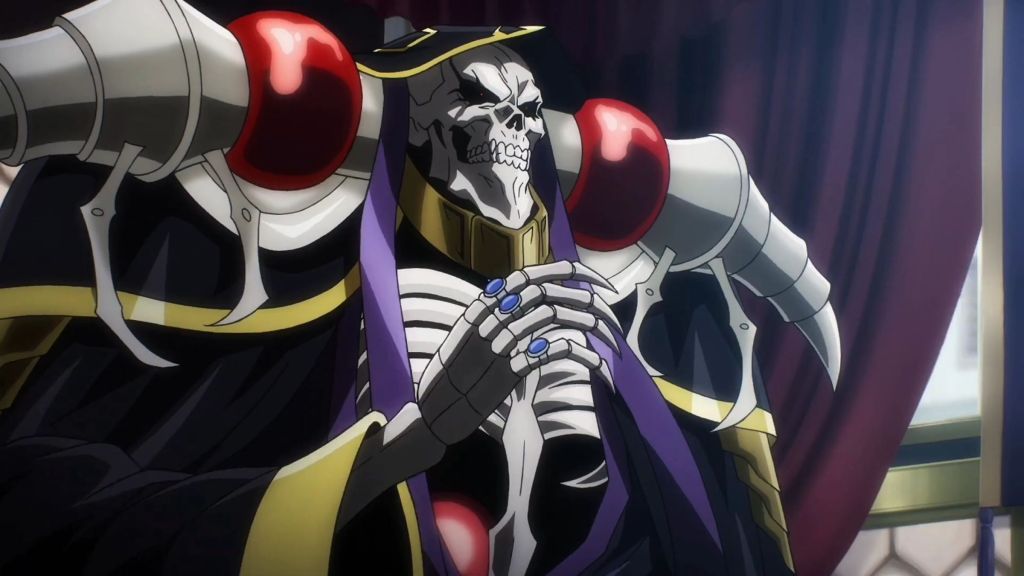
Overlord is a popular example of the classic isekai genre, released in 2015 with a total of four seasons. The show focuses on Momonga, an everyday salesman, who spends his hours not at work playing his favorite online game, Yggdrasil. One day, Yggdrasil is scheduled to close for good, but Momonga stays online during the server closing, launching his consciousness into the game as his powerful avatar, Ainz Ooal Gown. He must learn to operate as his character, taking advantage of the game mechanics and his prior knowledge as a gamer to “win” at Yggrdrasil, or his new reality.
Ainz is an interesting main character to have in the isekai genre, mainly because we typically find the person teleported to another world to be the chosen hero or savior. Instead, Ainz operates as an overlord or ruler, taking on villainous approaches to expanding his kingdom and power, seemingly uncaring of the sentient game characters he tramples on in his path to victory. It’s so easy to root for Ainz due to his status as the main character; not to mention, what video game fan hasn’t done the same thing, uncaring of the fake characters or towns they destroy in their quest to beat the game? Ainz gives a realistic viewpoint of watching the inside of a conqueror-style game, and despite his ever-darkening morality, it’s impossible not to want to see how far he’ll go.
4) Code Geass
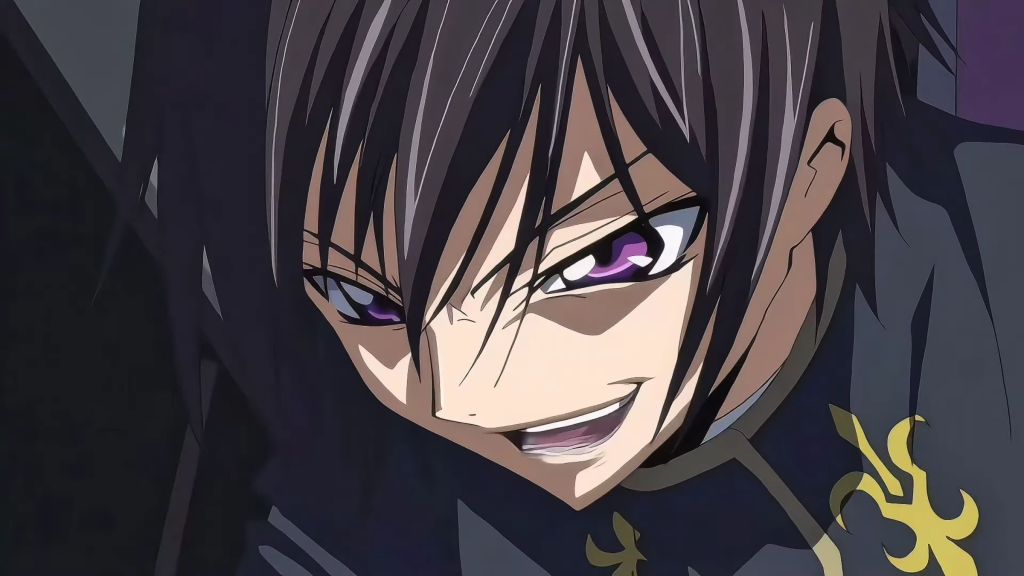
Code Geass is probably one of the first anime to boldly introduce its main character as a villain through the lens of so many side characters. Released in 2006, Code Geass is a science-fiction mecha series with supernatural aspects that is still heavily praised for its intricate plot and complex characters. The series is set in an alternate reality where the Holy Britannian Empire has taken control over nearly all of Earth. Lelouch Lamperouge, a Britannian prince, is sent to Japan with his sister after their mother’s assassination, which is brushed under the rug.
Driven by revenge, distrust of the Britannian government, and a desire to ensure his sister, Nunnally, is safe, Lelouch decides to overthrow the Holy Britannian Empire. Of course, this is made possible by his acquisition of Geass, a power that allows Lelouch to control the actions of others. Lelouch is the quintessential mastermind in anime, with an intelligence, cunning, and manipulative streak that makes every scene he’s featured in captivating to watch. It doesn’t help that, despite his numerous acts of villainy bordering on war crimes, Lelouch is acting out of the desire to protect his sister and dismantle an abusive government. His motives, end goal, and how well-written Lelouch’s dialogue is make him an easy candidate for a villain that audiences want to see come out on top.
3) Attack on Titan
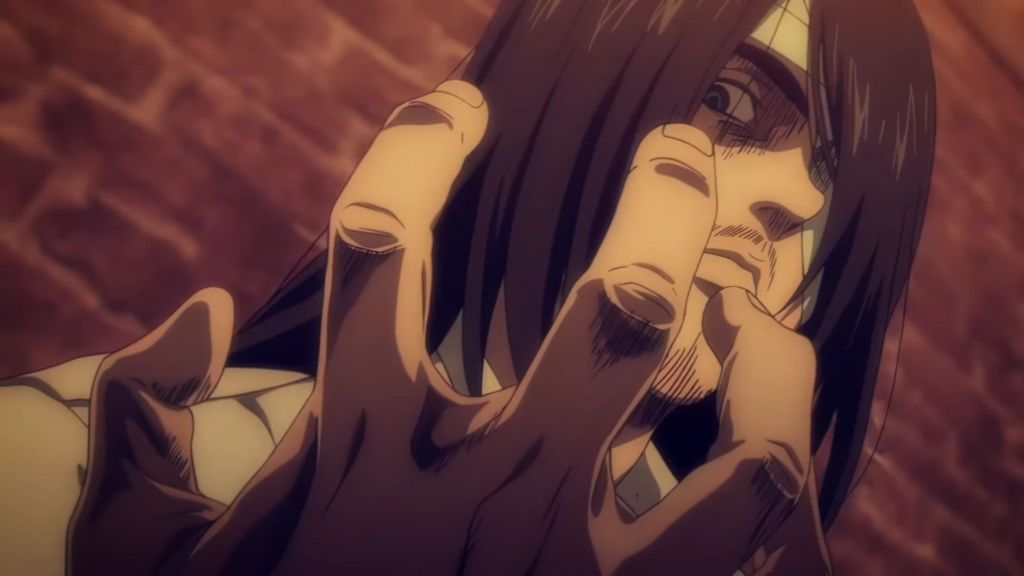
Attack on Titan features one of the most infamous main characters of the past decade, who just so happens to become the series’ main villain by the end. First airing back in 2013, Attack on Titan is a dark fantasy series that combines supernatural, action, and horror elements into its plot. The series takes place on Paradis Island, a secluded piece of land built behind three walls that keep out humanity’s greatest threat — the man-eating Titans on the other side. Eren Yeager lives within the outermost wall until it’s breached by two sentient Titans; in the aftermath, he watches his mother get eaten alive by one of the Titans that slips through the walls and attacks his hometown.
Eren is fueled by this memory throughout the series; his rage against Titans is so potent that he declares he will one day destroy them all. Of course, many things happen over the course of the series that change his ignorance and hatred: Eren learns he’s a Titan Shifter, he discovers that most of humanity actually lives outside of Paradis Island, and he uncovers the truth behind the Eldians and their oppression by the rest of the world, left to die out slowly. His decision to destroy their enemies, the ones that would allow his home and his friends to suffer and be killed, doesn’t come lightly. By the end of Attack on Titanthe impulsive but lively Eren we first met at the start of the series is long dead, replaced by a haunted, grim version who can foresee the end before it happens. And the tragedy of Eren Yeager, becoming that which he once vowed to destroy, knowingly, for the chance to buy his friends time to rebuild the world, is what makes his villain arc so complicated and compelling.
2) Eleven song
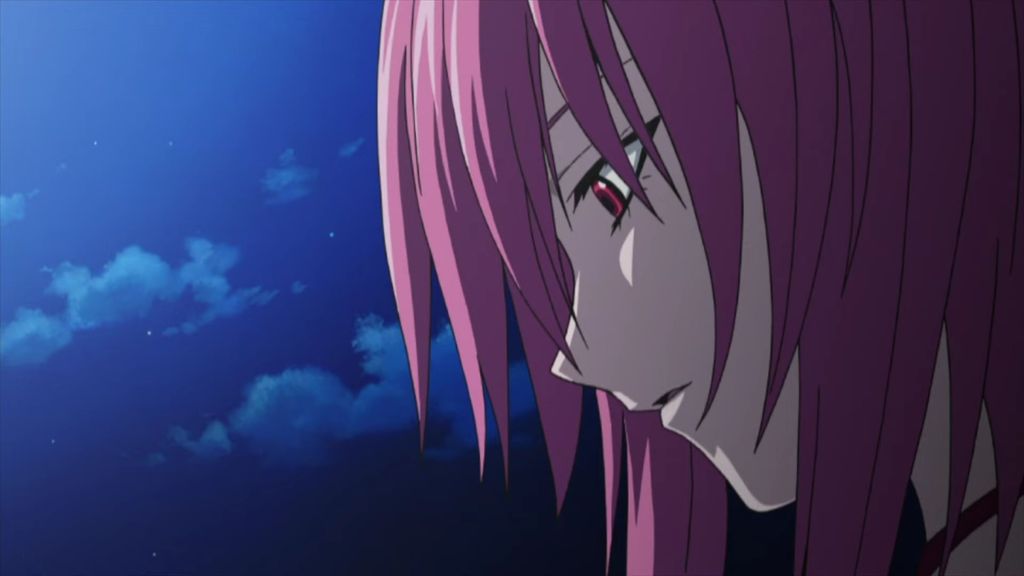
Eleven song is a seinen anime series that first debuted back in 2004, combining genres such as horror, fantasy, and science fiction. In the series universe, “Diclonius” is the name given to members of a humanoid race characterized by the dual horns on their heads, as well as “vectors,” tentacle-like extensions of their bodies with great power. Society views the Diclonius as dangerous due to the possibility of them replacing humans as the dominant species on Earth. In accordance with this fear, most Diclonius are oppressed by the government and treated as sub-human. Kaede (commonly referred to as Lucy) is a Diclonius kept in captivity before escaping and forming an alter personality due to trauma, both physical and mental.
Lucy is shown to be subject to brutal bullying, neglect, and torment from humans as a child at the orphanage she attends; furthermore, her time at the Diclonius Research Institute was full of cruel experimentation and imprisonment until she escaped. When Lucy forms a darker side intent on killing humanity to create a place for herself to live, her emotions are understandable due to the intense trauma and prejudice she’s endured her entire life. Notably, it also helps that Lucy is the main character whose pain and suffering is broadcast to the viewer, who can’t help but root for her to survive and take vengeance on those who would oppress her for simply existing. While Lucy knew her actions would turn her into a monster Kouta couldn’t forgive, she’s still an empathetic villain who deserved better.
1) Death Note
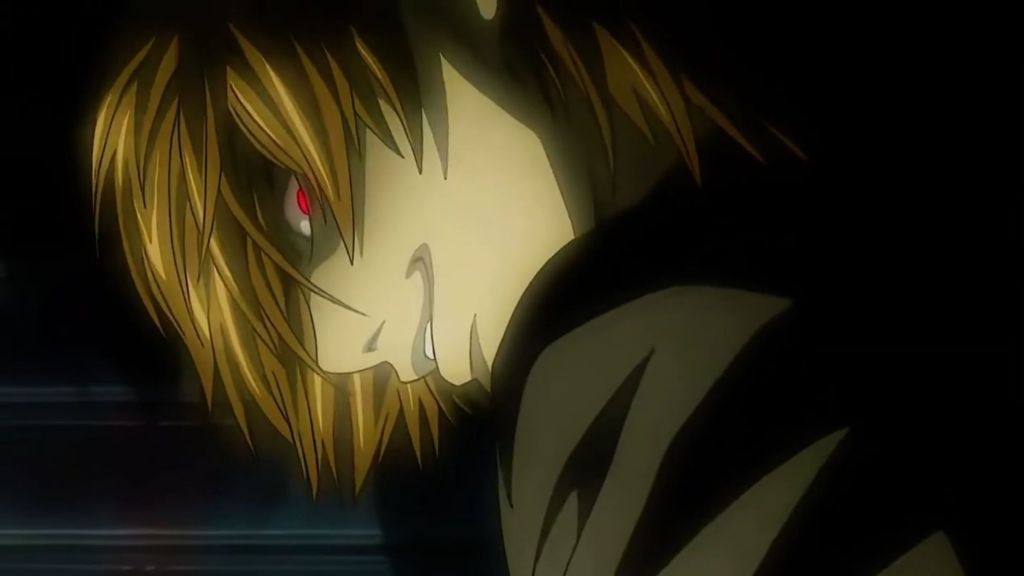
This list couldn’t exist without Death Notethe prime anime series featuring a villain as our protagonist. This anime was the blueprint for so many others after it, offering a complex web of plotting, machinations, and cat-and-mouse dynamics that are still looked at today as exemplary, even among modern anime titles. Death Note was released in 2006 and took crime, horror, and thriller anime to a new level. The show’s premise was simple: Light Yagami, a high-school student, receives a Death Note from a shinigami who tells him any name he writes in the journal will result in that person’s death.
While most people might refuse the offer of lording over life or death, Light relishes the opportunity to wield what he determines is equivalent to godhood. He begins wiping out Japan’s criminal population, though that quickly turns into killing any who oppose Kira, his public alter-ego. Death Note is a master class in showing how pride, ambition, righteousness, and a god-complex can cause mass destruction and the downfall of so many. And despite all of that, Light Yagami remains a compelling villain who you can’t help but root for if only to see what he’ll do next and how he can outsmart the next genius detective hellbent on stopping him.
Who is your favorite anime villain? Tell us more about which villains you find iconic or disappointing in the comments below.
